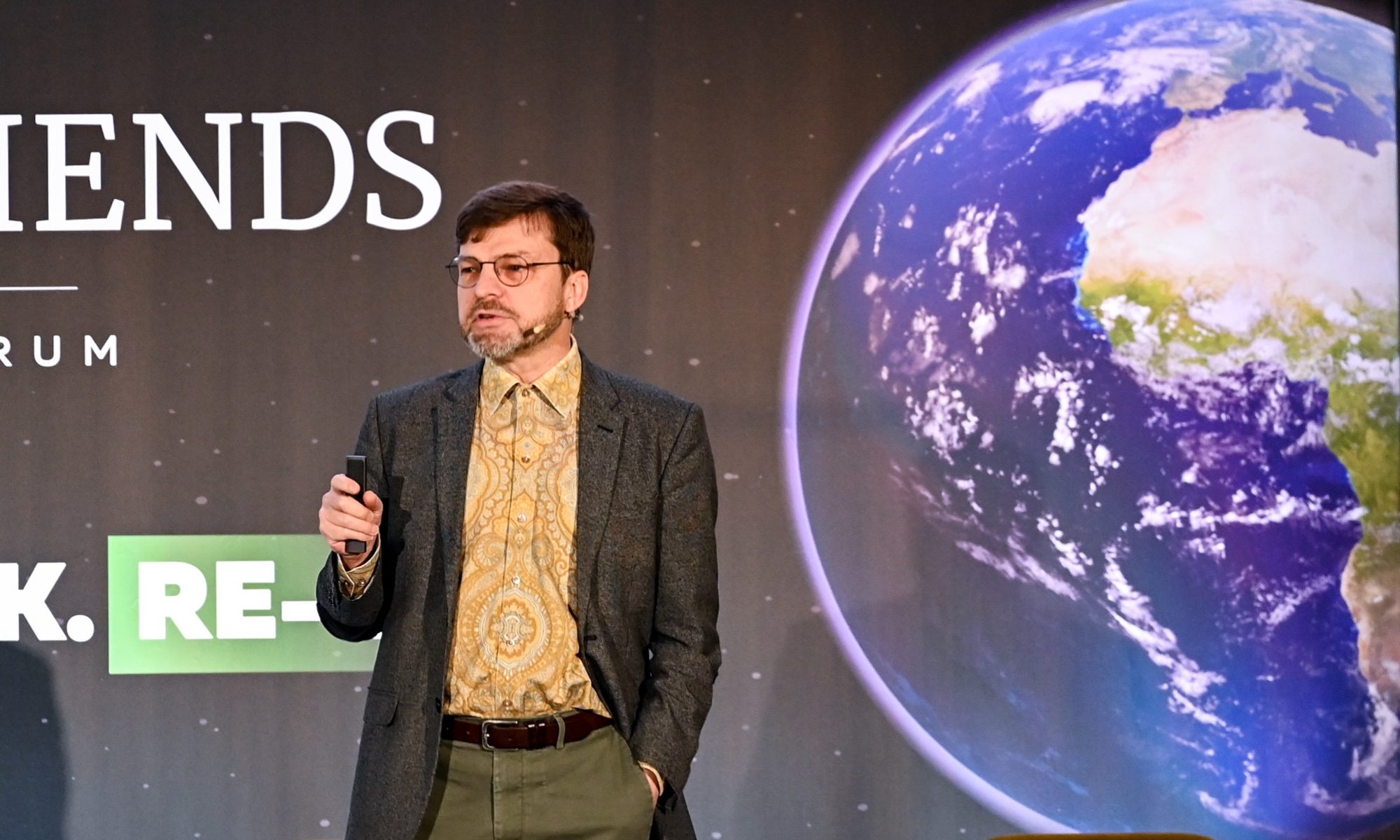Meme-Splicing in the Land of the Rising Sun
Blog by Wayne Visser
Kaizen, Sushi and Toyota
My career in sustainable business really got started in September 1990, when I attended AIESEC’s World Theme Conference on Sustainable Development in Tokyo, Japan. This was an opportunity of a lifetime. As a management student, I was all too aware of the rise of the Asian tiger economies, especially Japan. The West was spellbound by the revolution of total quality management (TQM), which the American statistician Edward Deming had introduced to Japan in the 1970s. The Japanese had perfected TQM through their kaizen philosophy of continuous improvement or ‘change for the better’.
The aim of the conference was to create a contribution to the 1992 Rio Earth Summit in 1992, which we called ‘A Youth Action Guide on Sustainable Development’. We also had study tours, most notably to the Toyota headquarters in Nagoya, where we met with the senior management team. I remember being served a sushi style lunch in square plastic trays, each morsel neatly and aesthetically arranged. Apart from glimpsing the highly automated production line, we had a chance to explore the company’s R&D display area. I was amazed by numerous eco-efficient and alternative fuel technologies already in the mature stages of development.
Having seen all this in 1990, it was no surprise to me that Toyota led the motor industry with its sustainability reforms nearly 20 years later, launching the Toyota Prius hybrid technology and RAV4 EV all-electric vehicle in 1997. With around 3 million Prius cars sold and the RAV4 EV relaunched in partnership with Tesla Motors in 2012, other automotive companies have been falling over themselves to catch up and introduce their own hybrid and electric models. This is one of those rare moments when we are seeing a ‘race to the top’ on environmental performance.
Earth Charter, Zero Waste and Fuji-Xerox
One of my great insights from the trip was that ‘vision’ is something the Japanese really understand. Shortly after my visit and ahead of most companies in the world, in 1992 Toyota issued its Environmental Guiding Principles and adopted its own Earth Charter. What is interesting is not that it has these principles (after all, many companies have flowery statements on their boardroom walls now), but rather the way they are expressed, which I believes conveys a qualitative difference in aspirations.
For instance, in its Guiding Principles it commits to ‘honour the language and spirit of the law’; to ‘enhancing the quality of life everywhere’; to ‘foster a corporate culture that enhances individual creativity’; and to ‘pursue growth in harmony with the global community’. And in its Earth Charter, it is already striving to ‘pursue production activities that do not generate waste’ and to ‘participate in the creation of a recycling-based society’. Note that it does not say ‘activities that reduce waste’; they say activities that ‘do not generate waste’. Hence, long before Ray Anderson at Interface conceived his much-celebrated ‘Mission Zero’ or McDonough and Braungart had popularised cradle to cradle concept, Toyota had understood and integrated the concept of a circular economy.
Of course, it is not just Toyota that has understood these principles. In August 2000, Fuji Xerox …
Continue reading
[button size=”small” color=”blue” style=”download” new_window=”false” link=”http://www.waynevisser.com/wp-content/uploads/2013/07/blog_csrwire3_wvisser.pdf”]Pdf[/button] Meme-Splicing in the Land of the Rising Sun (blog)
Related websites
[button size=”small” color=”blue” style=”tick” new_window=”false” link=”http://www.waynevisser.com/books/the-quest-for-sustainable-business”]Link[/button] The Quest for Sustainable Business (book)
[button size=”small” color=”blue” style=”tick” new_window=”false” link=”http://www.csrinternational.org”]Link[/button] CSR International (website)
Cite this blog
Visser, W. (2013) Meme-Splicing in the Land of the Rising Sun, Wayne Visser Blog Series, 3 July 2013.











